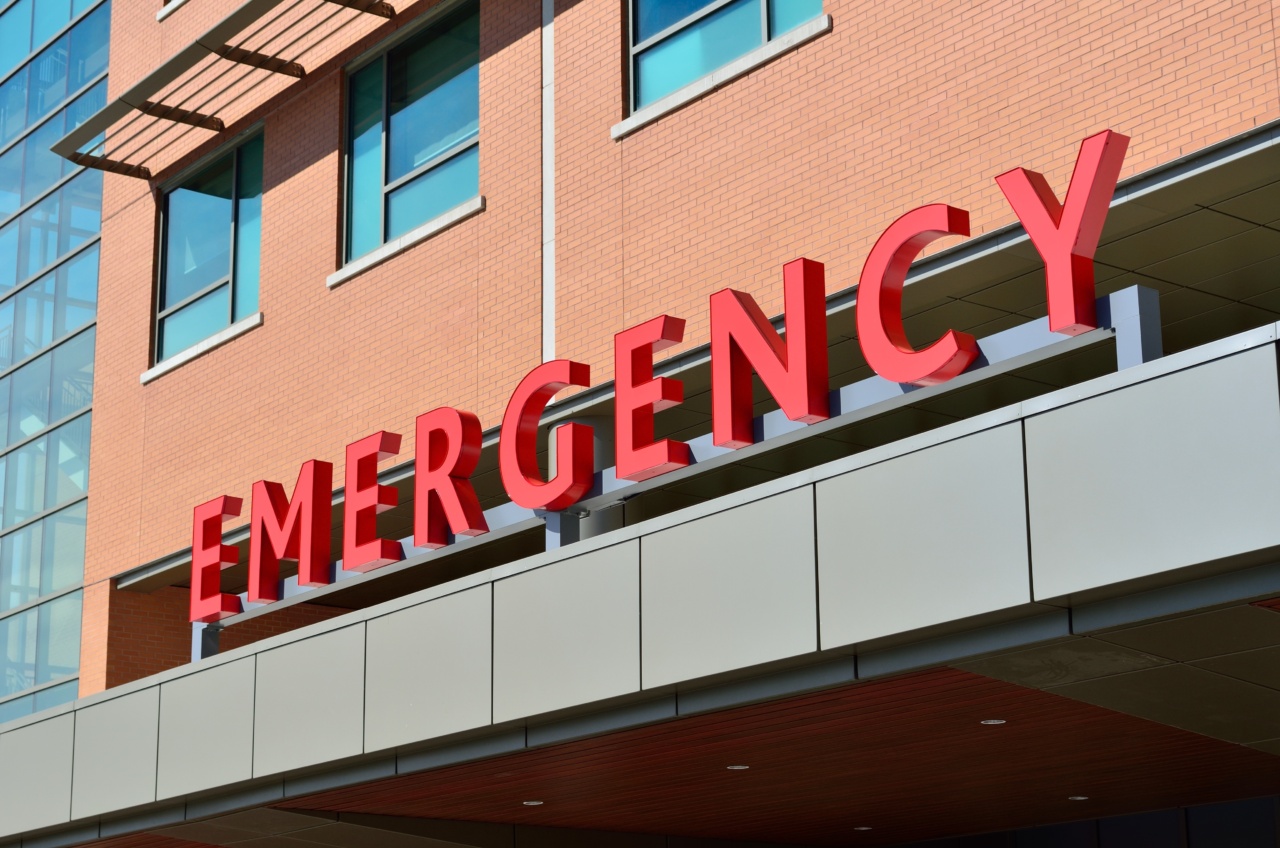Non-alcoholic fatty liver disease (NAFLD) is a condition characterized by the buildup of fat in the liver, not caused by alcohol consumption. NAFLD is becoming increasingly common, and it is estimated to affect about a quarter of the global population.
While it may not cause noticeable symptoms in the early stages, ignoring the signs of NAFLD can lead to serious liver damage and complications. In this article, we will explore the signs and symptoms of NAFLD and discuss the importance of early detection and treatment.
Understanding Non-Alcoholic Fatty Liver Disease (NAFLD)
NAFLD is considered a silent disease as it often does not cause apparent symptoms in its early stages. It develops when the liver accumulates excessive amounts of fat, which can hinder its normal functions.
This condition is closely associated with obesity, insulin resistance, type 2 diabetes, high blood pressure, and high cholesterol levels. NAFLD is categorized into two main types: non-alcoholic fatty liver (NAFL) and non-alcoholic steatohepatitis (NASH).
Signs and Symptoms of NAFLD
Although many people with NAFLD may not experience any symptoms, there are some signs that may indicate the presence of the disease:.
Fatigue and Weakness
Feeling tired and weak without any apparent reason can be an early sign of NAFLD. The liver is responsible for converting food into energy.
When the liver is overwhelmed by excess fat, it may struggle to perform this function efficiently, leading to persistent fatigue.
Abdominal Discomfort
Some individuals with NAFLD may experience discomfort or pain in the upper right side of the abdomen. This discomfort can range from a dull ache to a sharp pain and is often felt after eating a heavy meal or consuming foods high in fat.
Weight Loss
Unexplained weight loss, particularly when accompanied by a poor appetite, can indicate liver dysfunction, including NAFLD. When the liver is affected by excessive fat deposits, it may interfere with normal metabolic processes, leading to weight loss.
Jaundice
In rare cases, individuals with NAFLD may develop jaundice. Jaundice causes yellowing of the skin and the whites of the eyes due to an accumulation of bilirubin, a yellow pigment produced when red blood cells break down.
Jaundice can indicate advanced liver damage and requires immediate medical attention.
Enlarged Liver
A palpable or enlarged liver can be a sign of NAFLD. In some cases, the liver may become enlarged due to the excessive accumulation of fat. This enlargement can be detected during a physical examination by a healthcare professional.
Elevated Liver Enzymes
A blood test showing elevated levels of liver enzymes, such as alanine transaminase (ALT) and aspartate transaminase (AST), may indicate liver inflammation and damage.
These enzymes are normally found at low levels in the blood, but their elevation can be an indication of NAFLD.
Complications of Untreated NAFLD
While NAFLD may start as a benign condition, ignoring its signs and failing to seek treatment can lead to severe complications:.
Non-Alcoholic Steatohepatitis (NASH)
If left untreated, NAFLD can progress to NASH. NASH is characterized by inflammation and liver cell damage. It is a more aggressive form of NAFLD and can lead to cirrhosis (scarring of the liver), liver failure, and even liver cancer.
Cirrhosis
Cirrhosis is the advanced stage of liver scarring, which occurs as a result of prolonged inflammation and liver damage.
If NAFLD progresses to cirrhosis, the liver loses its ability to function properly, potentially leading to life-threatening complications.
Liver Cancer
Studies have shown that individuals with NASH are at an increased risk of developing liver cancer. Liver cancer can be challenging to treat, and early detection is crucial for improving survival rates.
Prevention and Treatment
Fortunately, NAFLD is largely preventable and manageable when detected early. Here are some preventive measures and treatment approaches:.
Healthy Lifestyle Modifications
Adopting a healthy lifestyle can significantly reduce the risk of developing NAFLD or halt its progression.
This includes maintaining a balanced diet, engaging in regular physical activity, achieving and maintaining a healthy weight, and avoiding excessive alcohol consumption.
Medical Interventions
In some cases, medications may be prescribed to manage NAFLD. These medications aim to control underlying conditions such as high cholesterol, diabetes, or obesity, which contribute to the development and progression of NAFLD.
Dietary Changes
Avoiding foods high in saturated fats, sugars, and processed carbohydrates can help reduce fat buildup in the liver. Incorporating more fruits, vegetables, whole grains, and lean proteins into the diet can promote liver health.
Regular Monitoring and Check-ups
Regular check-ups and monitoring of liver function through blood tests can help detect any abnormalities early on. This can enable healthcare professionals to intervene promptly and prevent the progression of NAFLD.
In Conclusion
Non-alcoholic fatty liver disease (NAFLD) is a prevalent condition that should not be ignored. While it may not initially cause noticeable symptoms, the long-term consequences of allowing NAFLD to progress can be severe.
Timely detection, lifestyle modifications, and appropriate medical interventions can help prevent the development of complications and ensure the liver’s optimal functioning. Take action and consult a healthcare professional if you suspect you may have NAFLD or are experiencing any symptoms associated with the disease.




























